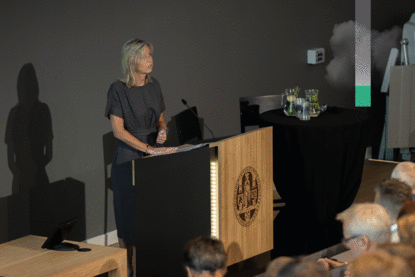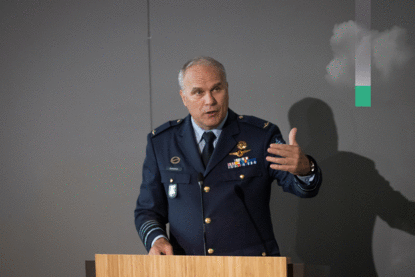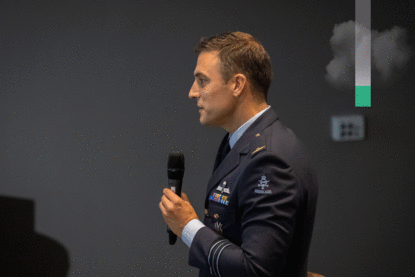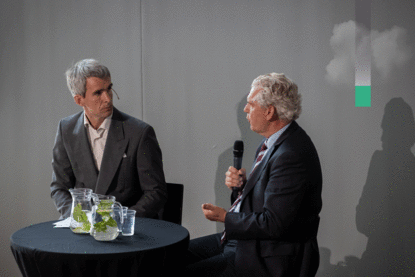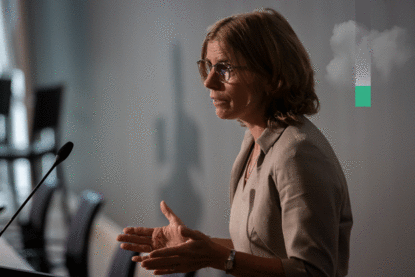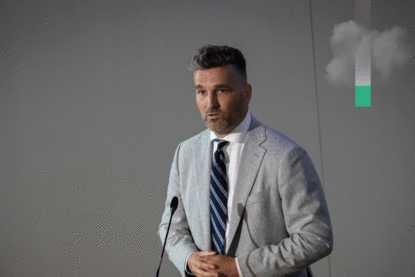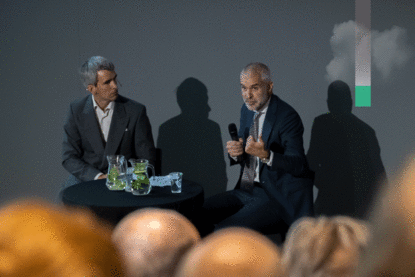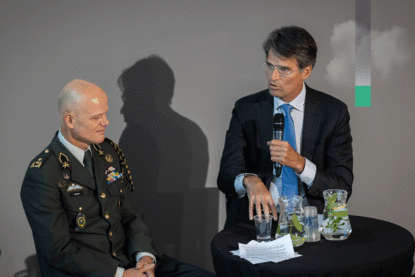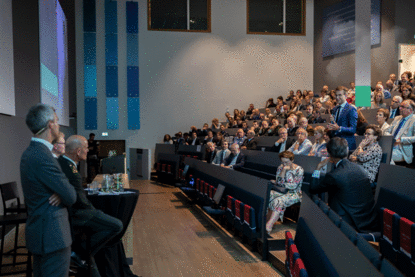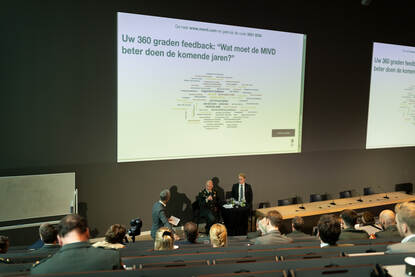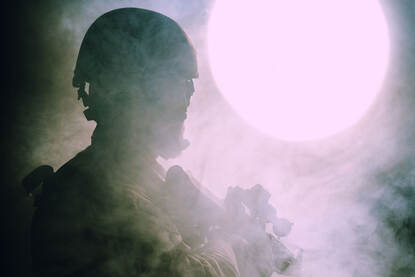During the seminar three intelligence officers shared their experiences with the Netherlands Defence Intelligence and Security Service (DISS) and gave some tips for improvement.
‘I do think there is a huge gap between the intelligence services’ information position and political reality.’
Lieutenant Niels – army intelligence officer
‘I went to Afghanistan in 2020-2021 where I was responsible for the intelligence cell of the Resolute Support Mission in Mazar-e-Sharif. Our collaboration with DISS was quite good on the whole. They focused more on the strategic level while we concentrated on the tactical level. If I have to name some areas that could be improved I have to say that our information position was reasonably strong. Problems with the interpreters, the Afghan army’s level of training and the strength of the checkpoints were all reported at an early stage. However, I do think there is a huge gap between the intelligence services’ information position and political reality. In my view, DISS can play an important role here by bridging that gap. But what I have noticed recently, also considering the public debate, is the Americans sending out forewarnings of an invasion of Ukraine, the British intelligence services issuing daily updates and General Swillens occasionally appearing in the media to warn about economic espionage, for instance. I think there is an important task for DISS to step into the limelight more and share some of its knowledge and intelligence position in the public domain. That could resolve at least some of the problems.’
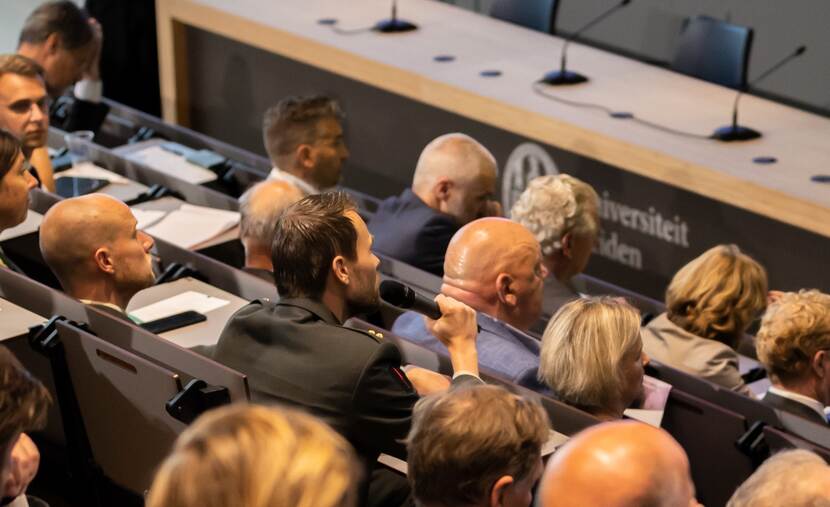
‘The thing is that it is very difficult to approach DISS with those questions.’
Captain Rik – army intelligence officer
‘I have collaborated with DISS in various ways and what stood out for me is that the organisation is kind of a ‘black box’. DISS has an aura of mystery about it. Especially people in a lower rank have a lot of questions that are relevant to a unit’s deployment and preparation. The thing is that it is very difficult to approach DISS with those questions. We don’t have the mandate or the means to do that ourselves. So how do we solve this problem? By removing burdensome layers between the lower-ranked units and DISS. We have to make sure that questions that are crucial for the units are not held up in those layers. It is also important for DISS to have sufficient capability to respond promptly to questions so that in turn we have perspective for action.
This brings me to another issue. When I was in my first ever intelligence position I met a field worker who I knew from the past. I ran into that field worker again in Afghanistan. In my current position I encountered an DISS employee who I had got to know well during my deployment abroad. Thanks to the trust I had built with these colleagues previously I was able to gain insight into DISS and contact them with my questions. That level of trust is not a given, because you don’t want to have everything out in the open. I understand that completely, but still I would like to ask DISS to lift the veil just a little bit once in a while so that they can show us what they do, so that units will know who to contact in case of questions.’
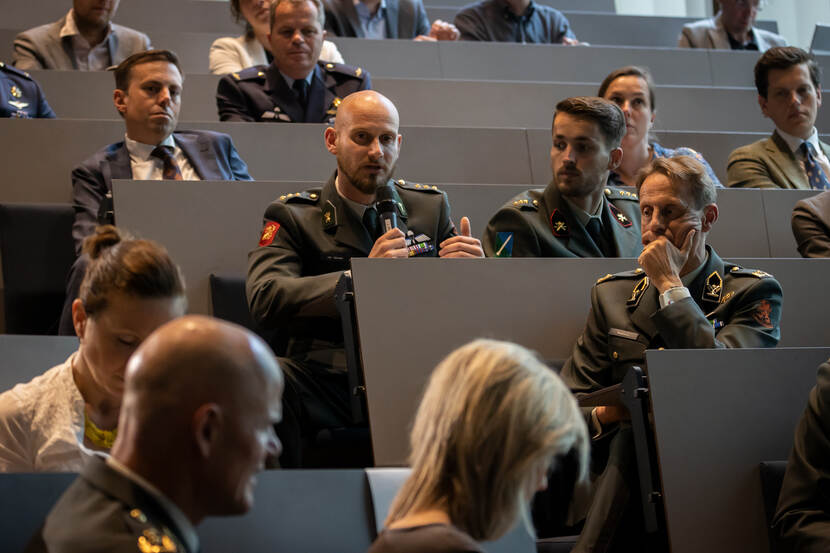
‘Our F-35s and F-16s were able to take off fast, which would not have been possible without the input from the services.’
Major Dirk – air force intelligence officer
‘Let me take you back to 24 February 2022, the day the Russian Federation invaded Ukraine. At 4:30 we were standing at the ready at Leeuwarden and Volkel Air Base. We had just started planning operations with the F-35 and F-16 on Europe’s eastern border when the first messages came flooding in about missile strikes, manoeuvring Russian ground units and a large number of Russian airborne aircraft. What do you do as an intelligence team in such a case? Well, we fell back on information we already had available. We also included the scenarios and all the information we had received, processed and prepared earlier to see if there were any deviations or if they confirmed our picture. Based on this information our F-35s and F-16s could take off, with us knowing that the pilots had the right information and the aircraft had the right load. That would not have been possible without the input from the services. Most of the contributions are shared in PDFs, typed documents, just dumped on us, but we also increasingly see information being shared interactively, by which I mean through contributions to think tanks and workshops organised at squadron level. A particular threat or problem is then analysed from all points of view, both strategically and technically. The interactive approach works very well for us. Instead of a top-down approach you can give direct feedback on the information you have in front of you. I have noticed that an intel product is either fast, detailed or complete but rarely a combination of the three. We work at the executive level and always need more information faster. I think there are options for sending semi-finished products ahead to the operational and tactical level so that we can detail it together at a later stage. This is better than having to wait for a top-down approved document from The Hague.’

